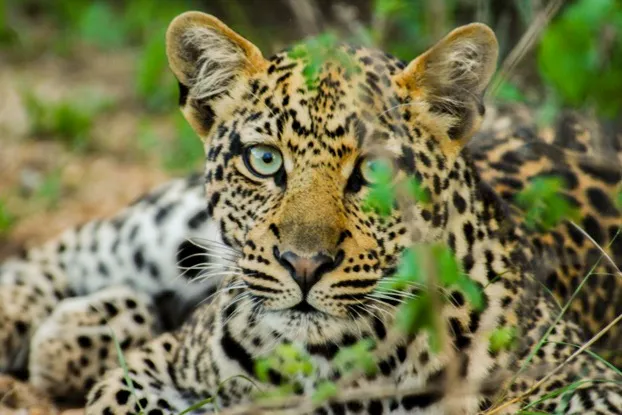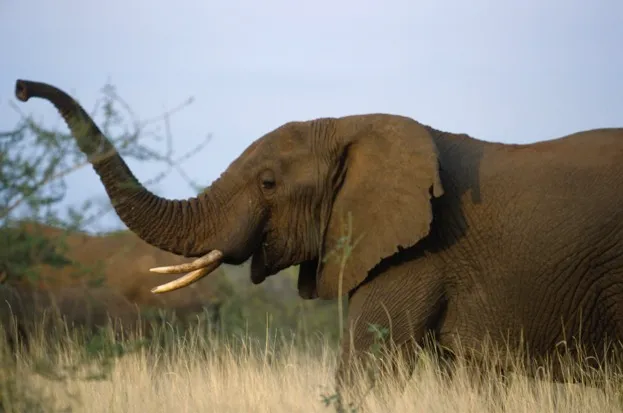The hunting of wild animals for their trophies – heads, antlers, horns or hides – has been much in the news since the furore over the killing of Cecil the lion in Zimbabwe in 2015. And in 2014, there was an outcry over an auction held by the Dallas Safari Club to buy a permit to hunt a black rhino in Namibia.
Now the International Fund for Animal Welfare (IFAW) has combed through a database compiled by the Convention on International Trade in Endangered Species (CITES) to give some idea of the scale of trophy hunting – which species are targeted and how many, where they are hunted and where the hunters come from.
IFAW opposes trophy-hunting, but many wildlife groups do not on the grounds that it can aid the conservation of certain species – even rare ones such as black and white rhinos.
This report does not seek to measure the impact of trophy-hunting on the conservation status of endangered wildlife, but it does argue that poachers can and do exploit legal loopholes created by trophy-hunting.
IFAW also says: “This analysis can serve as a baseline for more study on how trophy hunting is changing and how the global industry ultimately affects animals and their populations, both regionally and globally.”
In the report, IFAW makes a clear distinction between trophy hunting, poaching and canned hunting – trophy hunting is legal (as long as you have the proper permits), poaching is always by definition illegal, while canned hunting is the killing of animals in small enclosures. These animals may also have been sedated and habituated to humans.
Here is what IFAW found out.
1 Quantity
About. 1.7m trophies were traded in the 10-year period between 2004 and 2014. Of those, 200,000 – or roughly 20,000 a year – belonged to animals that are classifed as threatened by the IUCN.
2 Species
The most traded species of all was the black bear – 44 per cent of all imported trophies (93,322) came from Ursus americanus. Next in order were the mountain zebra (12,892 trophies), leopard (10,299), African elephant (10,294), Chacma baboon (9,504) and lion (8,231). Most of the traded black-bear trophies were hunted in Canada and exported to the US. The black bear is assessed as Least Concern by the IUCN and therefore not considered to be threatened with extinction.

Leopards are the third most-targeted species by trophy-hunters. © IFAW
3 Importing nations
A total of 106 nations exported trophies, and 104 imported them. The USA accounted for 71 per cent of the import demand, with Germany and Spain the next highest, both accounting for about 5 per cent. Other nations among the top 20 importers include France, Sweden, Belgium and Italy but not the UK.
4 Exporting nations
The main trophy-exporting countries are Canada – which accounts for just over a third of all trophies – South Africa (23 per cent), Namibia (11 per cent), Democratic Republic of Congo (6 per cent), Zambia (3.5 per cent) and Mozambique (3.4 per cent).
5 Cost
The cost of trophy hunting varies greatly. According to research carried out by the New York Times (and contained in the IFAW report), the market rate for hunting Africa’s Big Five in South Africa is as follows: a white rhinoceros $125,000+ (£88,000), $25,000-60,000 for an elephant, $8,500-50,000 for a lion, $15,000-35,000 for a leopard and $12,500-$17,000 for a buffalo.

The cost of hunting an elephant in South Africa is up to $60,000. © IFAW
6 UK
The UK imports remarkably few trophies – less than 470 between 2004 and 2014. Of these, 158 were from lechwe (a species of antelope), 101 from leopards and 35 from African elephants. Eight were from polar bears and three from lions.
7 Bans
A number of countries have banned trophy hunting. Except for in the state of Rio Grande do Sul, all hunting of native species is prohibited in Brazil, as it is largely in India. In Africa, both Kenya and Botswana have banned trophy hunting. Australia, France and the Netherlands have banned the importing of lion trophies, while the UK is considering one.
8 Polar bears
Polar bears can only be legally hunted by foreigners for sport in Canada. US citizens made up the fast majority of those hunters until 2008, when the US Government banned the importing of polar bear trophies. In the four years before the ban, an average of 361 bears were trophy hunted each year, but from 2009-2012 that dropped to 211 annually.
